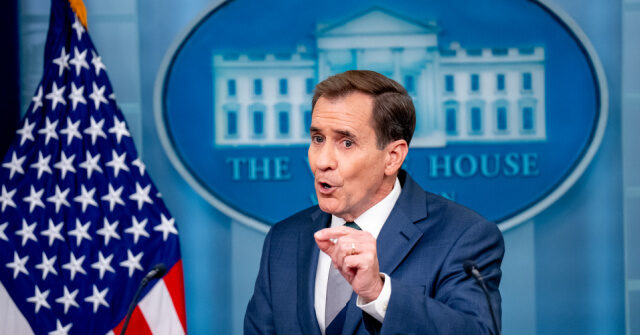The Department of Homeland Security (DHS) and the Federal Bureau of Investigations (FBI) recently released a joint statement addressing the surge of reported drone sightings over regions like New Jersey. Their assessment indicates that these sightings do not currently present a national security threat, assuring the public that there is no evidence linking the sightings to any foreign entities. Both agencies emphasized that it is essential to verify whether these alleged drone encounters are indeed drone aircraft or may be misidentified manned aircraft, based on visual assessments. As part of their effort to get to the bottom of these reports, DHS and the FBI committed to closely cooperating with local and state police agencies to clarify the situation.
The investigation into these drone sightings has pointed to some past instances of misidentification; officials noted that a significant number of reported sightings were actually of manned aircraft following legal flight operations. Moreover, the agencies confirmed the absence of corroborating electronic detection of any drone activities, reinforcing their belief that many reported encounters stem from confusion rather than genuine drone threats. They indicated that no drone sightings have been recorded within restricted airspace, asserting their commitment to addressing potential risks posed by unmanned aircraft systems (UAS) while simultaneously finding no evidence to support malicious intent behind these reported instances in New Jersey.
In a related report by Breitbart News, the Pentagon weighed in on the matter, dismissing speculation that the drones in question were controlled by the U.S. military or any foreign forces. They confirmed the absence of any foreign-controlled drones flying over New Jersey or the northeastern United States. Although the Pentagon acknowledged the public concern generated by these sightings, they could not identify the legitimate operator of the drones, indicating an ongoing need to monitor the situation without definitive conclusions. Their assessment emphasizes that despite the rumors, U.S. installations have not been compromised or threatened by these aerial activities.
Representative Jeff Van Drew (R-NJ) caused a stir by suggesting that the unidentified drones might be launched from an Iranian “mothership” situated off the U.S. coast. This assertion was categorically denied by the Pentagon, with spokesperson Sabrina Singh stating, “At this time, we have no evidence that these activities are coming from a foreign entity or the work of an adversary.” The Pentagon reiterated its commitment to monitoring the incidences, maintaining that the safety of military installations remains intact amidst these reports. Such claims highlight the challenges faced by authorities in addressing public fears and the importance of substantiated information.
The statements from both DHS and the Pentagon reflect a nuanced approach to handling the eye-catching reports of unidentified drones. While underscoring the importance of vigilance and verification, they also aim to mitigate unnecessary alarm caused by speculation rather than facts. This situation illustrates the broader implications of drone technology in airspace management and security, as agencies strive to adapt their strategies to evolving threats posed by unmanned aerial systems. The collaborative efforts between federal and local authorities serve not only to respond to these reported sightings but also to enhance communication and coordination in addressing such incidents.
Finally, the ongoing investigation into the nature of these drone sightings serves as a reminder of the complicated dynamics involved in aerial surveillance and public safety. As citizens and officials alike grapple with the potential implications of the rising use of drones, it becomes increasingly vital for authorities to validate reports and maintain clear channels of communication. By doing so, they can allay public fears while staying prepared to address genuine threats in the airspace. The situation emphasizes the need for thorough investigation and response mechanisms, particularly as the prevalence of drone usage continues to expand in various domains, from recreational to commercial applications.

